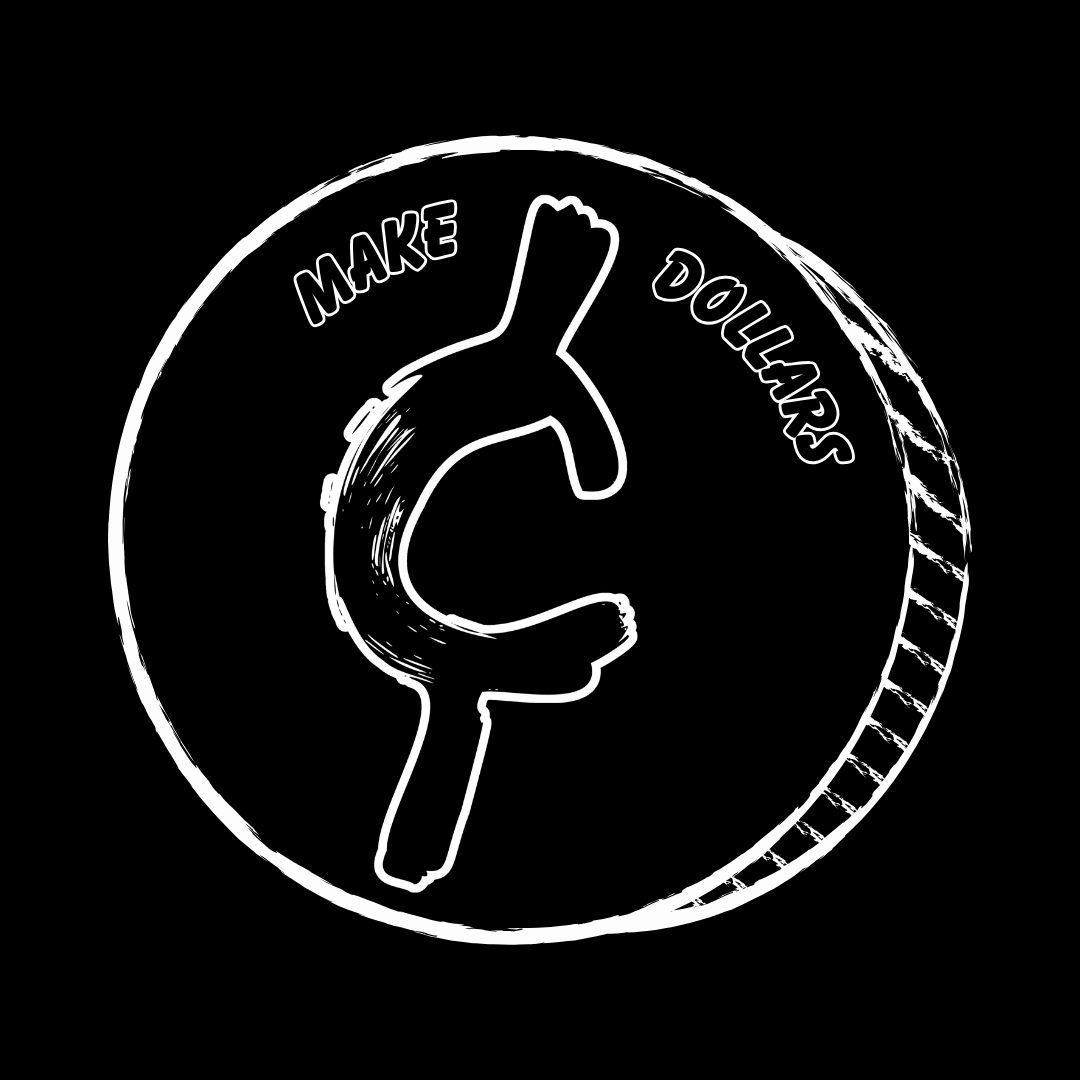Glossary of Coin Collecting
Terminology & More
Whether you’re new to numismatics or a seasoned collector, understanding the language of the hobby is essential. This glossary covers the most common coin collecting terms, from grading and minting to errors and varieties. Bookmark this page as a quick reference whenever you need it.
A – C
Album – A book or binder with slots for holding coins in a series.
Alloy – A mixture of two or more metals. For example, U.S. “clad” coins are made of copper and nickel.
Authentication – The process of verifying that a coin is genuine.
Bag Mark – Small nicks or scratches caused when coins collide in mint bags.
Bullion Coin – A coin struck primarily for its precious metal content (gold, silver, platinum). Examples: American Silver Eagle, American Gold Eagle.
Cameo – A proof coin with frosted designs that contrast with mirrored backgrounds.
Clad Coinage – Modern coins composed of layers of copper and nickel, introduced in 1965.
Counterfeit – A fake coin intended to deceive collectors or circulate as genuine.
D – F
Die – A hardened piece of metal engraved with a design used to strike coins.
Die Crack – A raised line on a coin caused by a cracked die.
Double Die – A variety caused when a coin die receives a misaligned impression, resulting in doubled details.
Edge – The outer border of a coin, which may be plain, reeded (grooved), or lettered.
Encapsulated – A coin sealed in a protective plastic holder by a third-party grading service.
Error Coin – A coin with a mistake from the minting process, such as off-centering or missing design elements.
Face Value – The legal monetary value stamped on a coin (e.g., a quarter is worth 25 cents).
G – L
Grade – A measure of a coin’s condition and quality, typically on the Sheldon scale from 1–70.
Hairlines – Fine scratches, often from cleaning, that reduce a coin’s grade.
Hub – A master tool used to create dies for striking coins.
Intrinsic Value – The market value of the metal in a coin, separate from its face or collector value.
Legal Tender – Currency that must be accepted for debts, such as U.S. coins and paper money.
Liberty – The allegorical figure representing freedom, featured on many U.S. coins.
M – O
Melt Value – The value of a coin based on its precious metal content.
Mint – A facility where coins are produced. The U.S. Mint operates locations in Philadelphia, Denver, San Francisco, and West Point.
Mint Mark – A letter on a coin identifying the mint where it was struck (e.g., “P” for Philadelphia, “D” for Denver).
MS (Mint State) – A coin that shows no wear; synonymous with uncirculated.
Numismatics – The study and collection of coins, tokens, medals, and paper money.
Obverse – The “front” side of a coin, usually featuring the main portrait or design.
P – S
Patina – Natural toning or surface change that develops over time, often seen on copper coins.
Planchet – A blank metal disk prepared for striking into a coin.
Proof – A specially struck coin with sharp details and polished surfaces, often for collectors.
Reverse – The “back” side of a coin, usually featuring a complementary design to the obverse.
Rim – The raised edge around the outside of a coin.
Series – All coins of a particular design and denomination (e.g., Lincoln Cents).
Slab – Collector slang for a coin graded and sealed in a plastic holder by a grading service.
Spotting – Discoloration or dark spots that can appear on coin surfaces, especially silver.
T – Z
Token – A privately issued piece resembling a coin, often used in trade or transportation.
Toning – Color changes on a coin’s surface due to environmental exposure. Can be natural or artificial.
Type Set – A collection with one example of each major coin design, rather than every date and mint mark.
Variety – A coin with a small design difference from the standard issue, often due to a die change.
Wear – Loss of detail on a coin due to circulation.
Whizzing – An artificial cleaning process using a wire brush or wheel, often to make a coin appear uncirculated.
Coin collecting has a language all its own. By understanding the terminology, you’ll be better equipped to identify coins, grade them accurately, and communicate with other collectors.For more in-depth guides and tools, visit CoinCollectingTools.com.